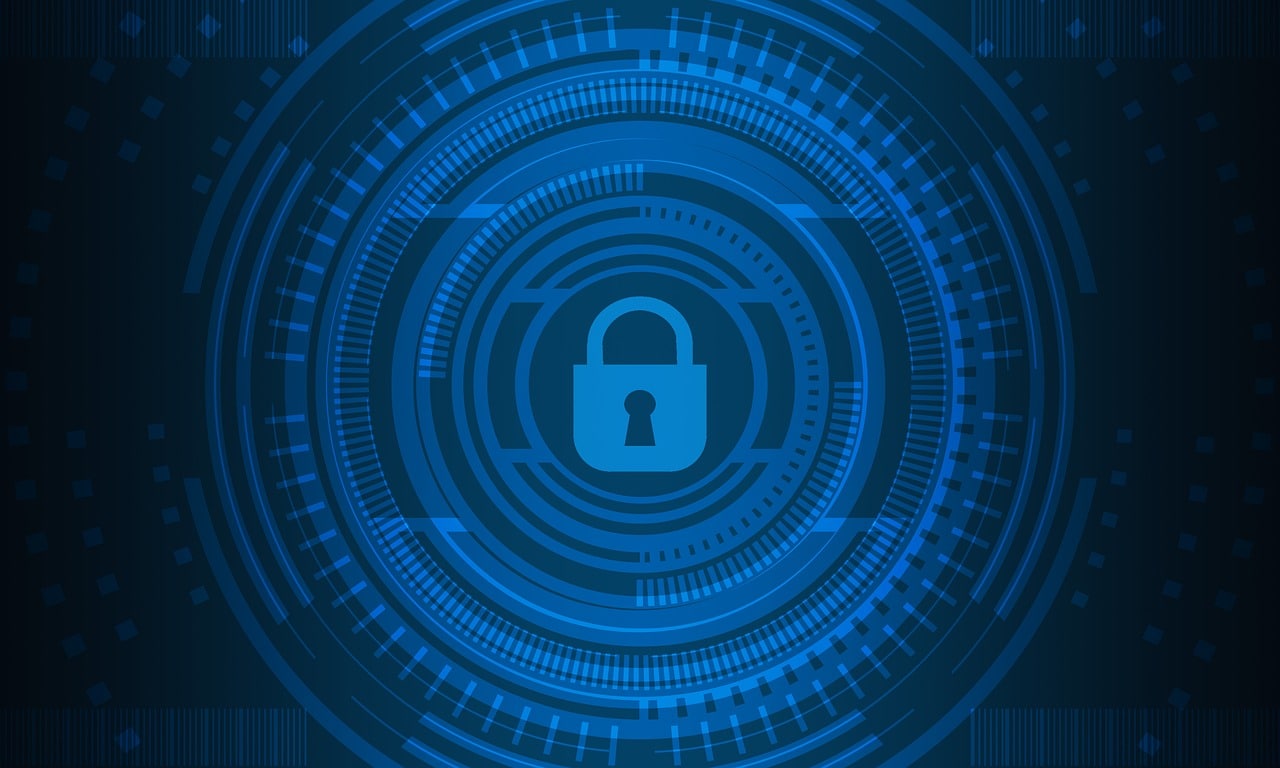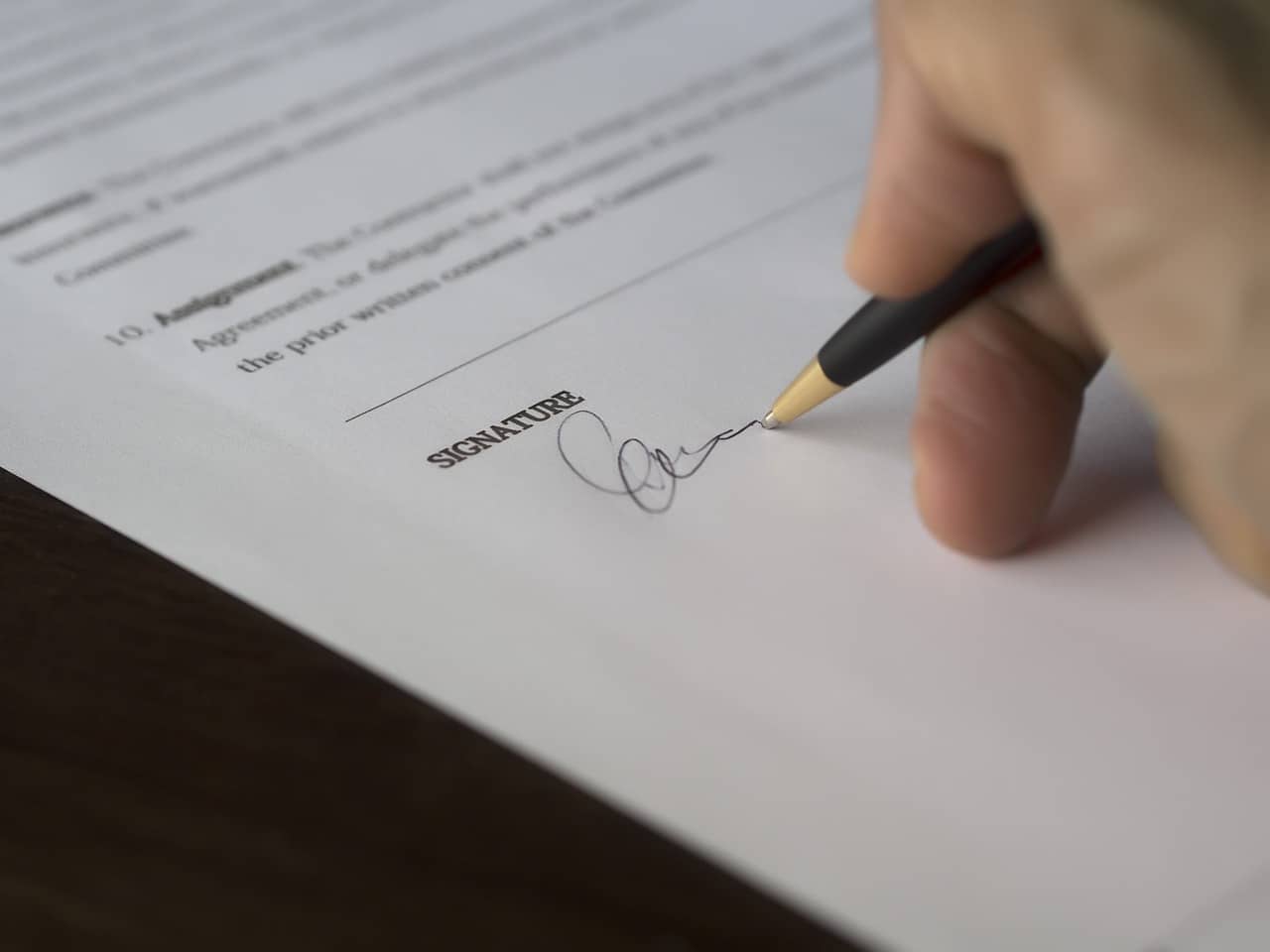Fidelity Insurance for Law Firms
Many law firms need fidelity insurance to protect your firm from potential financial risks. Many of these insurance policies are actually written in the form of a bond. This post will explain the different types of bonds available and provide some insight into whether or not your law firm should consider purchasing one.
What Is a Fidelity Bond?
Fidelity insurance is a type of business insurance that protects from monetary or property theft or other employee misconduct resulting in a financial loss. In many cases, these bonds are optional and can provide peace of mind if you are concerned about employees who have access to the firm’s assets. In other situations, such as having a trustee of a pension plan on staff, the fidelity bond may be required.
Types of Fidelity Bond Insurance
- ERISA bonds: If your law firm has a pension plan, the Employee Retirement Income Security Act requires that you purchase a bond equal to at least 10% of the total plan assets. This bond protects you from instances like an employee embezzling retirement funds. The bond has no deductible has is listed under the name of the plan.
- Dishonesty bonds: This is the type of bond that protects your firm from monetary or property theft. There are two types of dishonesty bonds:
- Blanket coverage: With this policy, all employees are covered for the same amount unless specifically excluded by request.
- Scheduled coverage: This type of bond will only cover certain employees who can be bonded for different amounts depending on the risk you face. This type of bond is not common for a law firm.
How Much Does a Fidelity Bond Cost?
The price of fidelity bond insurance depends on many factors, including total assets, number of employees, and prior claims history. However, that being said, an annual policy will usually start at $1,000.
Making a Fidelity Bond Insurance Claim
Employee theft does happen, unfortunately. When money or property goes missing, it’s important to report the theft to your agent and insurance company as soon as possible, even if you do not have proof that an employee was responsible. Many surety companies have stringent deadlines for providing information on a loss.









